More than ever, young women have a desire for transparency—the “I’m fine” response that life so often requires is being set aside for a radical honesty that revolts against the preconceived notions of how girls are taught to be or aspire to be via the great mask of social media. Here, our friends at Passerbuys (check out our interview with the founder, here) chat with NY artist Emma Orlow, whose life calling is making accessible, confessional art that above all, rings true.
On the day we met with Emma Orlow, the young artist (who is also a writer and curator) was getting ready for her graduation from New York University later that night. While most recent grads are still trying to figure out what’s next for them, Emma has already carved out a space for herself in the New York art world. When she was just 17, the project she started with her best friend—a series documenting the bedrooms of teenagers called The Do Not Enter Diaries—was written about in The New York Times. Since then, Emma has continued to find unique ways to tell and interpret stories, most often through the lens of food. In our conversation, she talks about what it means to be a confessional artist and writer and how she hopes to make art and design accessible for everyone.
You’ve already done accomplished quite a lot in your art at a young age. Can you maybe take it back a little bit and talk about how art influenced you growing up, and how you were exposed to it and interacted with it?
In high school, I became best friends with my art teachers, I still hang out with them. When I was doing that, I don’t think I necessarily thought that I wanted to continue in a field of visual art, but I knew that making it was really important in helping me figure out what I wanted to do. A bit of a cliché, but the art room is a safe space, and through that, they would introduce me to different artists. I remember we had this one project inspired by Sophie Calle’s The Chromatic Diet—a piece where every day of the week she ate completely in one color. And I guess a lot of the stuff I’m interested in doing now, with writing in relation to food and art, I think that was probably the seeds of it even though I didn’t necessarily realize that at the time.

Also in high school, you got a lot of press and media attention for your project The Do Not Enter Diaries. Why did you make that when you made it, and why do you think people were so drawn to that?
It started because me and my best friend, who was doing the filming, felt like we had put so much effort into our rooms and we felt like it was a good indicator of who we were. When you get dressed in the morning, it might be a great reflection of your personality, but everyone gets to see it when they’re walking down the street. The bedroom is kind-of this secret little part of your personality that only a select few get to see, and it has a lot more constraints, especially if you’re in high school and maybe your parents didn’t let you paint the walls the color you wanted or you were sharing the room with siblings.
Those constraints really interested us. This was happening right before Rookie [Mag] started, and at the time we kind of felt like there wasn’t really a space for people our age to talk about their own problems, through the lens of design. The response to it was really crazy and at times felt very overwhelming. We had meetings with people from Amazon who wanted to have us write a memoir. We were like, “We haven’t really lived a whole life yet, how are we going to do that?”. There were even talks about potentially turning it into a reality TV series for MTV, which was not what we wanted it to become.
I know you’re really interested in making confessional art. If you were explaining what that means to someone who doesn’t necessarily know, how would you describe it?
So confessional writing to me is writing that is expository, but is exposing a truth that we think is shameful. It is specifically a writing genre that’s characterized by female writers—people like Sylvia Plath or Virginia Woolf. But for me, it’s boring to just write about sex or about these other “shameful” things unless I have another way of looking at them which has always been through the lens of food. I wrote a book of poetry that was based on all of these different memories, but each one was about a different food dish, and then the person was explained through that food. Right now I’m working on a manuscript in a similar style. For example, I’m writing about when my grandma passed away; she was a borderline hoarder and had all this stuff, and it was very intense to have to go through it and get rid of it, but the story focused on the dinner next door that we would take breaks at while cleaning.
That makes me want to ask the question too, because confessional writing or confessional art is about exposing these things that are shameful, do you think that there is also an element of that with just writing about food in general, and the relationship that especially women tend to have with food?
Yeah definitely. Even as early as Adam and Eve, the idea of the apple, the food is sort of this confrontational point of tension in the story, right? It’s not just like “Eve is bad” it’s that she’s plucked this food that gives you knowledge. And I think that intrinsically women are linked to food because we’ve most often had to be the ones preparing it. There’s also this idea that women who are eating have to be very neat. If you get sauce on your face that makes you an “unkempt woman.” But I think it’s also interesting in a modern context there’s the opposite idea of like, the “chill girl,” who can eat like a million hot dogs and still never be satisfied, that kind of thing.
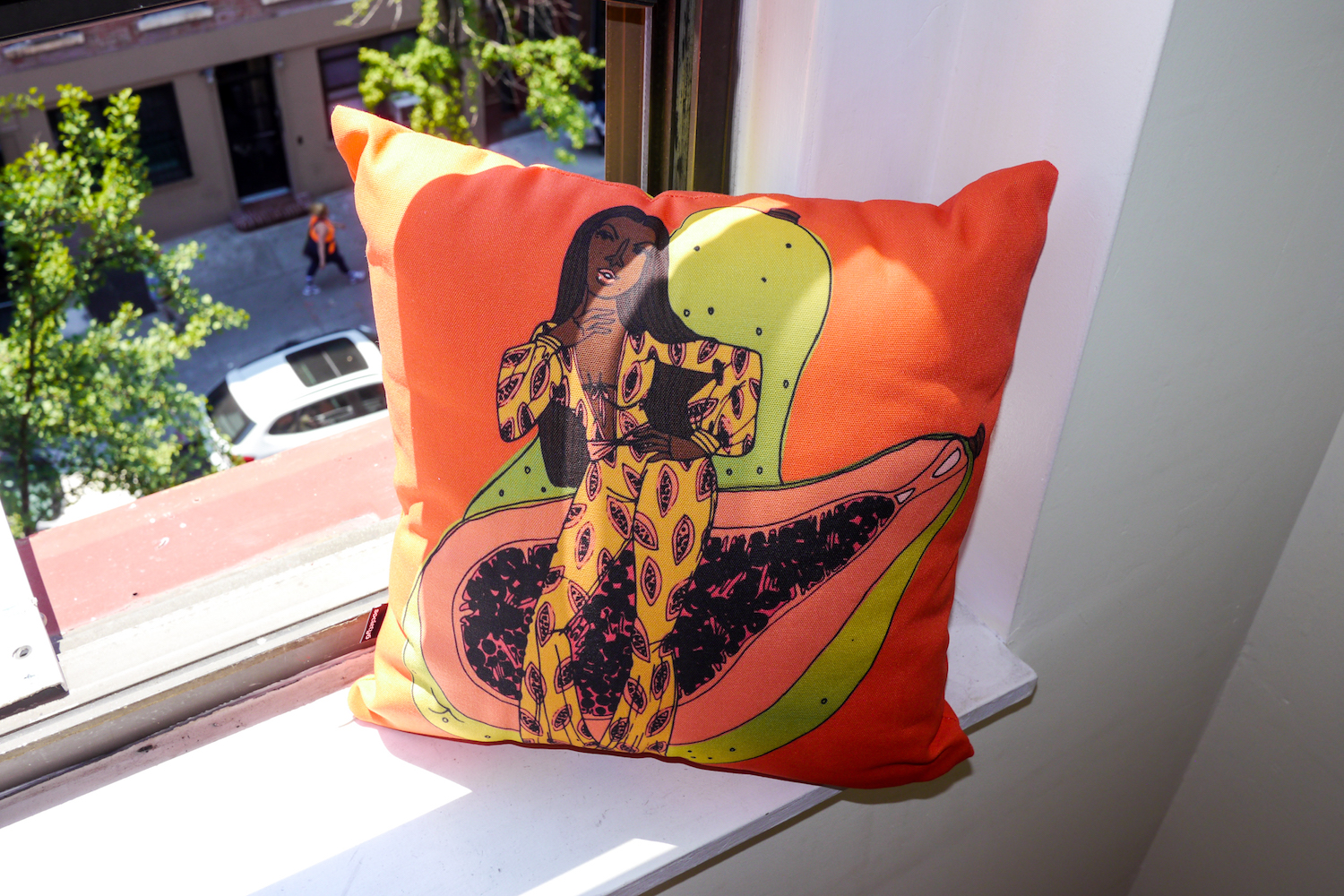
Yeah cool. It really seems like it explores those two relationships.
My concentration in school was Food Art as Body Politics—I went to the Gallatin School at NYU where you make your own major; it wasn’t like that program already existed—and what I was doing with that was exploring how contemporary artists who use food in their practice and how that is able to debunk the institutions that they’re working in. We normally think of art institutions as having frames on the walls that you can’t touch; they’re places where you might feel really uncomfortable if you don’t necessarily know something about the artist beforehand. But because food is something that we all engage with and we all have some kind of relationship with, my argument is that those who do performance pieces involving food create more of a community of art that people feel they’re able to engage with, and also create something that goes against the idea of art having to be something that exists in a frame on the wall.
In addition to making your own art and writing, you also curate. What’s your approach or philosophy to curating?
I focus on the idea of art being something that you can use all of your senses with. I’m most interested in things that allow you to touch them, maybe allow you to smell them—a full body experience. I also like using weird spaces that you’ve already engaged with that aren’t necessarily “art spaces”. It could be your roof or a friend’s basement. There’s obviously a practical element to that because those are also the spaces I have access to, but it fits into the idea of making art more approachable for everyone.
It seems like the idea and importance of community is pretty central to curatorial projects like that. Has that influenced your own work at all?
Most of my work has been personal writing, but right now I’m looking to do dinner performances, where everyone will have a relationship to the piece and can pull something in. One of the ideas for this thing I’m working on for the summer is to send out RSVPs where people would respond back with a secret, and each person’s secret gets somehow enveloped into the meal: whether it’s opening a box and another person’s secret is inside or eating something inspired by it. I’m still working that out, but I like the idea of my friends being able to influence the way that the piece transforms.
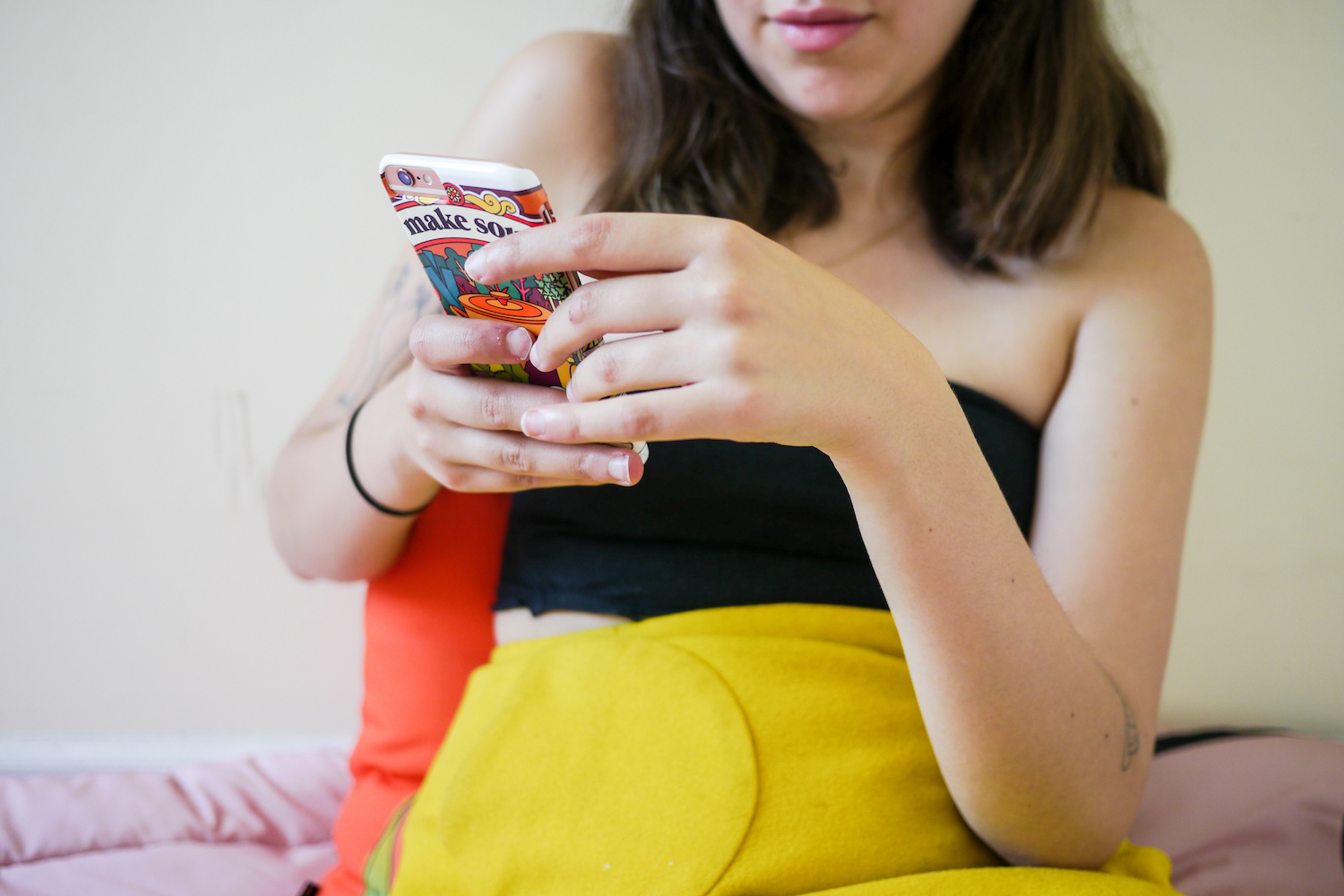
What else are you working on right now?
The main thing that I’m working on is my manuscript. I have about 70 pages right now, so I need a lot more, but that’s the main thing. And then my main life goal is to have this sort of global snack shop slash art gallery; snacks from all over the world that lead to curating different food-related art projects. But for that, while I’ve had art world experience, and I’ve written about food, I haven’t had a real career-based relationship to food, so this summer I’ve set up a lot of meetings just to get advice, even just to learn more about things like wholesale.
Can I also ask you what it was like going to a school where you were able to create your own major?
It was amazing, and at times it felt like I was taking a lot of different classes without knowing how they were gonna add up. I took things like food journalism and a class on art and dreams, so when you lay out all the weird titles of the courses I’ve taken, maybe you wouldn’t be like “oh yes, she’s interested in feminism, art, and food,” but it’s about what you pull from each of those courses. I also had a studio art minor so getting to dabble in that was important as well. I think if I had come into college as just an Art History major I would have had a more singular view of art, but because I was able to pull from different theorists and places outside of the Western art history narrative, it was much more helpful in allowing me to find my own weird niche.
Looking back from where you are now, how would you say that your work has evolved since that first project showcasing teenage bedrooms to the way you see and engage with things now?
Maybe not that much. I’m still really interested in the way that people’s spaces tell the stories of them. Even then, we were trying to expand what it means to have a home because a home is a very privileged space and not everyone has the ability to not only own their own home, but also have their own room. From that we wanted to explore topics like a teenager who’s homeless, or in foster care, and what does the concept of a bedroom mean to them? I think I’ll always be trying to find ways to make design accessible to everyone—that’s my primary interest.
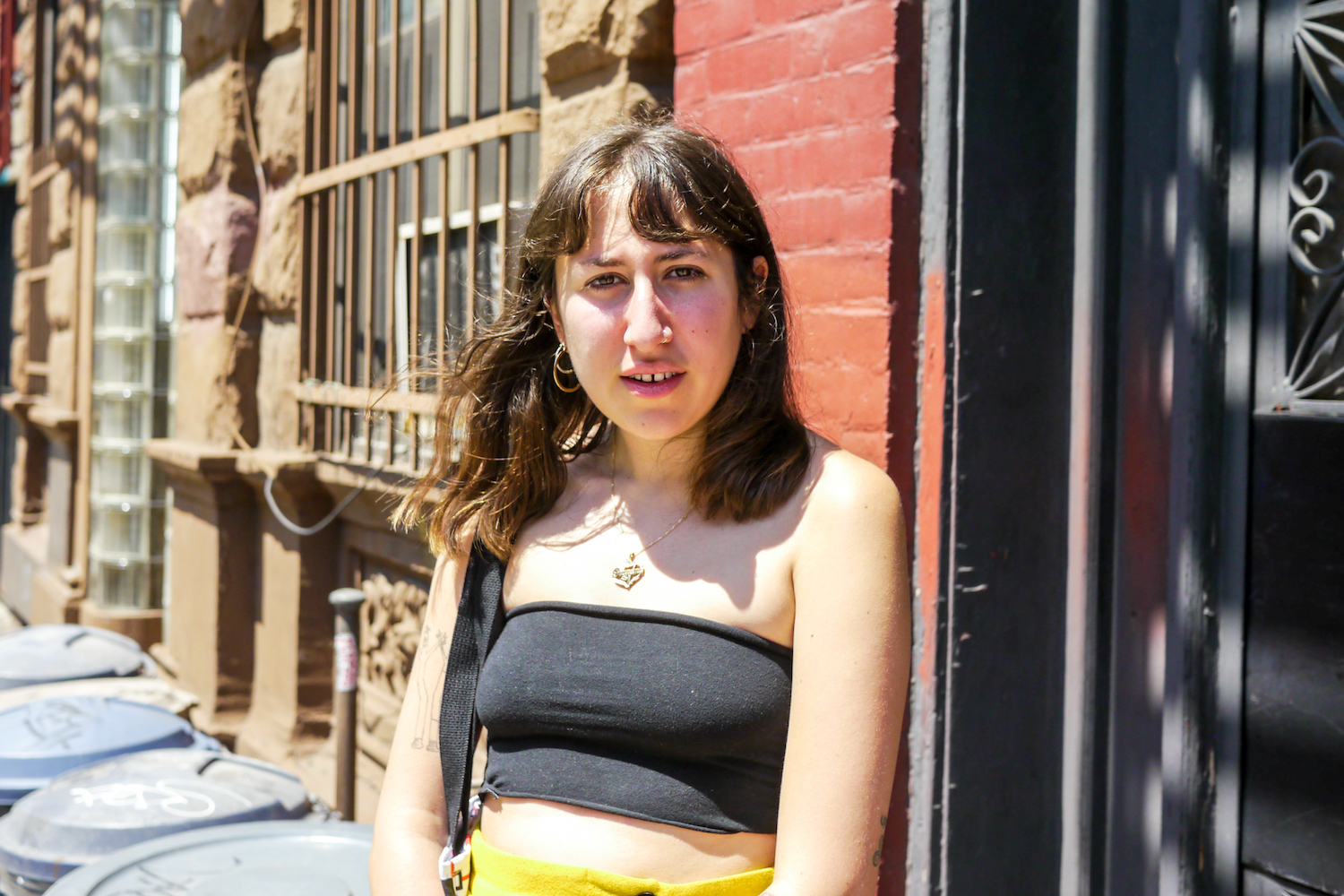
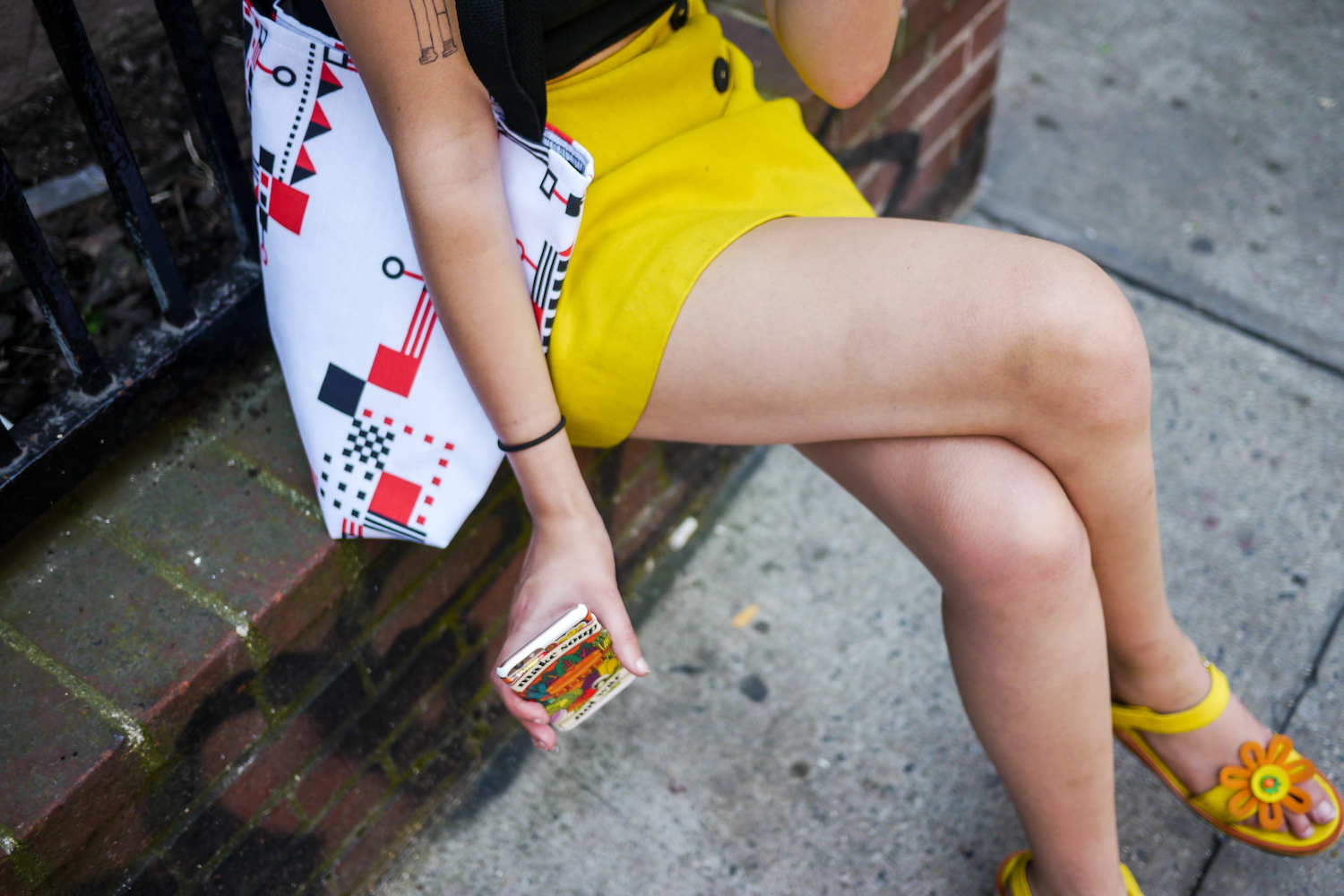
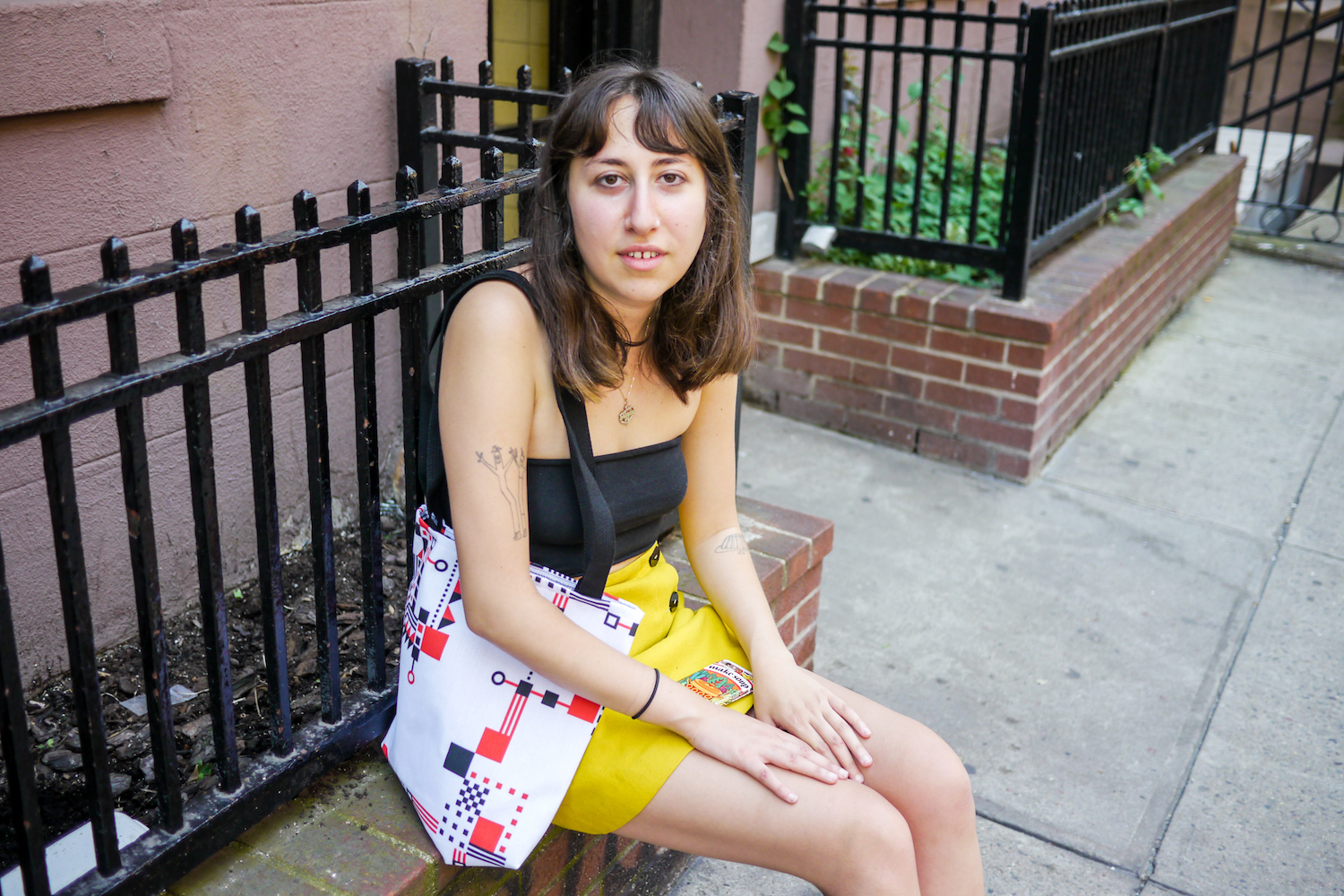
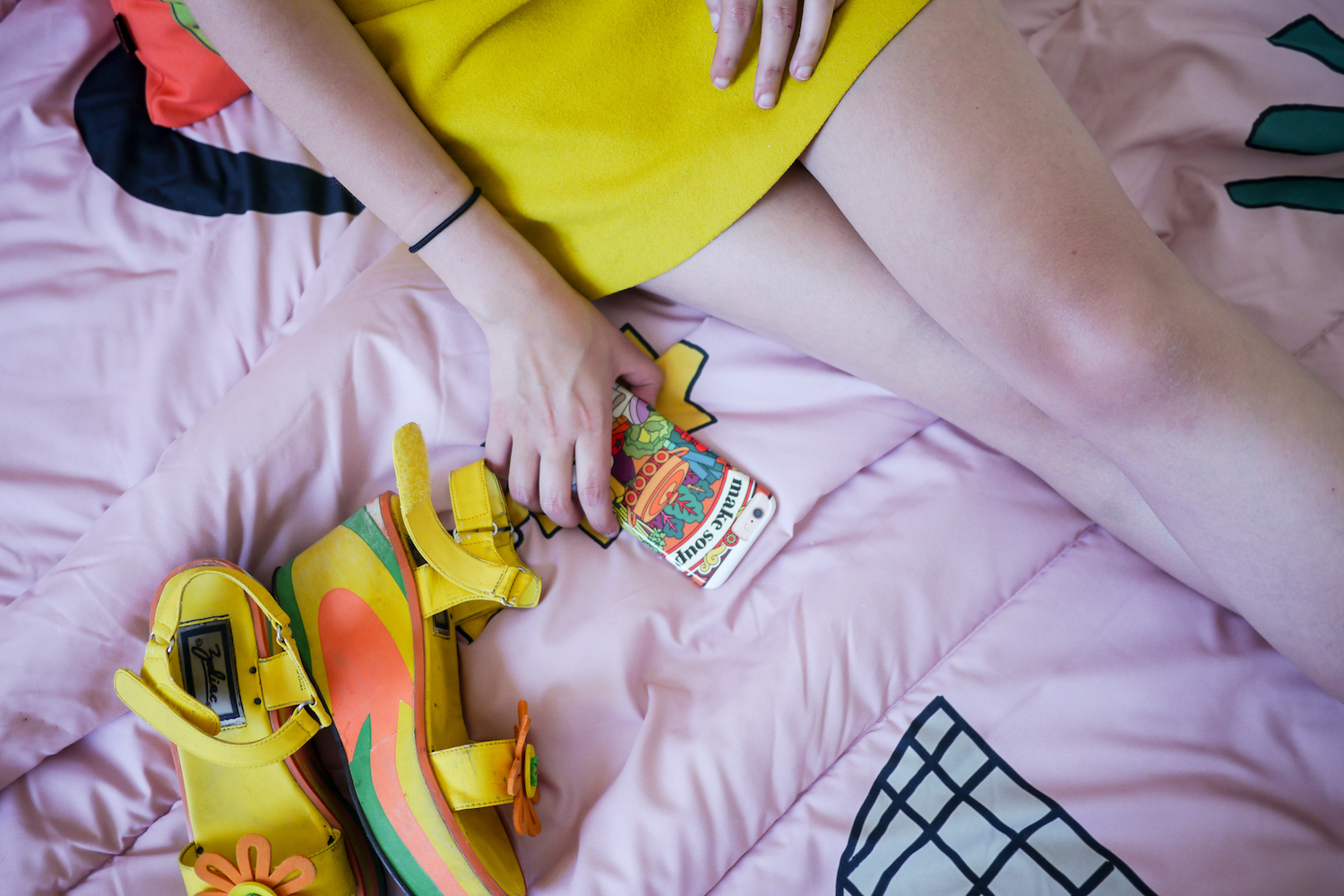
Comments